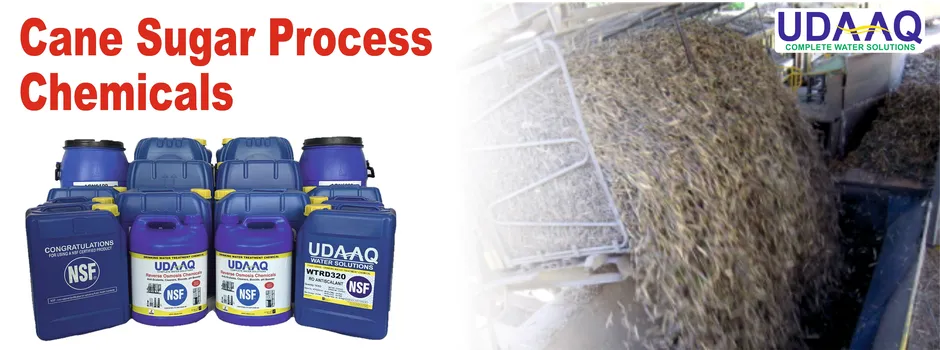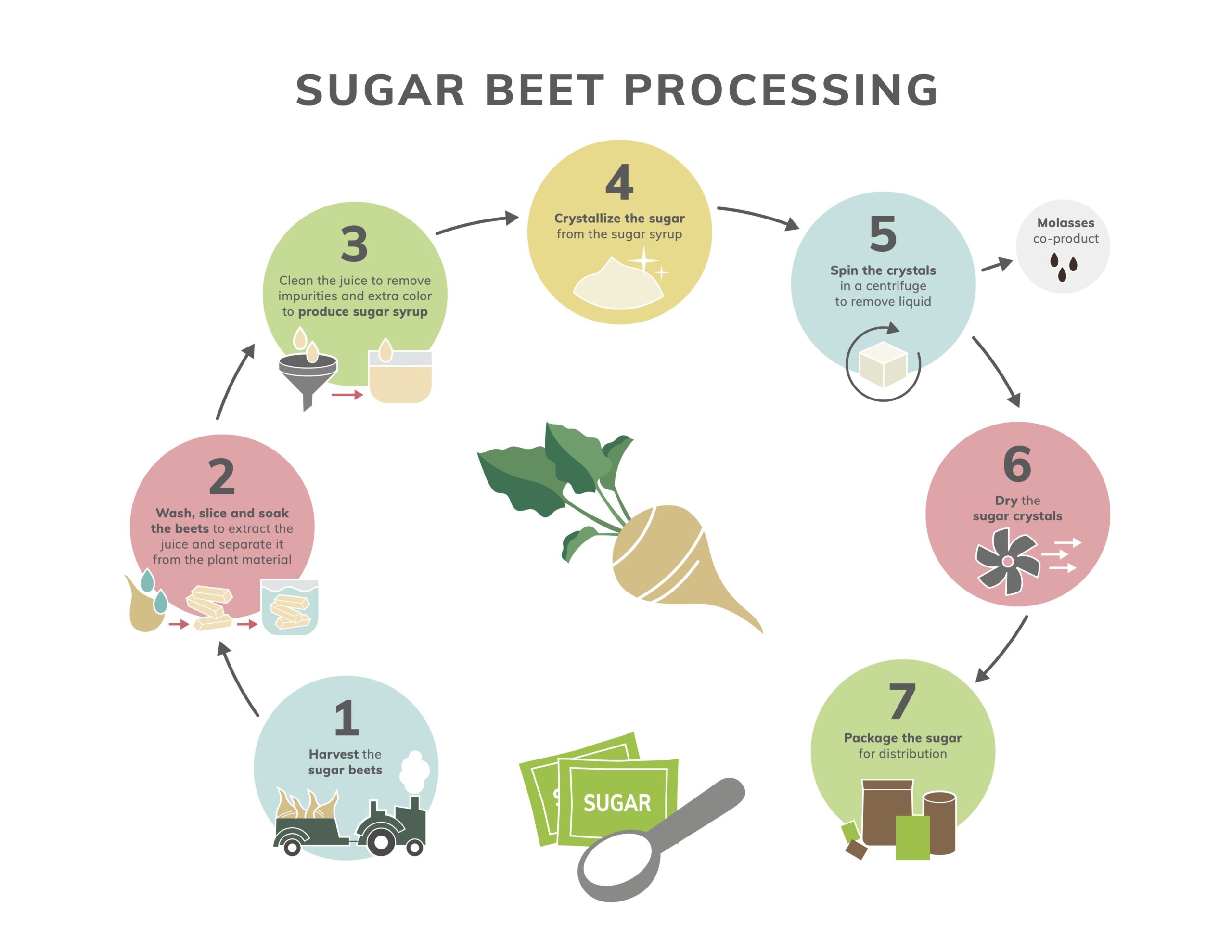Affordable Cane Sugar Processing Chemicals: Boost Efficiency
Affordable Cane Sugar Processing Chemicals: Boost Efficiency
Blog Article
Maximizar Rendimientos Y Minimizar Costos: Estrategias Avanzadas Para La Optimización Química Del Procesamiento De Azúcar De Caña
In the world of walking cane sugar processing, the quest of optimizing yields while simultaneously reducing costs stands as a powerful difficulty that requires a critical mix of innovative chemical optimization techniques. The ins and outs of this venture look into the core of performance, where every aspect of the procedure plays a vital duty in achieving optimal results. By checking out the complexities of chemical evaluation, enzyme use, pH control, filtering, and purification approaches, a landscape rich with chances for enhancement and innovation arises. Amidst this complex internet of strategies exists the pledge of unlocking untapped potential and revolutionizing the very essence of sugar manufacturing. Cane Sugar Processing Chemicals.
Chemical Analysis for Efficiency
Chemical evaluation plays an essential function in enhancing the efficiency of sugar walking cane handling by supplying important insights into the composition and properties of the raw products. By performing comprehensive chemical evaluations on sugar walking cane samples, cpus can identify the exact concentrations of sucrose, sugar, fructose, and various other parts present in the raw product. This info is essential for maximizing the numerous stages of the sugar walking stick processing chain, from crushing to formation.
Moreover, chemical analysis makes it possible for cpus to identify pollutants such as natural acids, proteins, and minerals that can influence the high quality and return of the final sugar item. By quantifying these contaminations, processors can apply targeted techniques to remove or alleviate their impacts, ultimately boosting the general efficiency of the handling plant.
Additionally, chemical evaluation helps with the surveillance of process criteria such as pH, temperature, and thickness, permitting processors to make real-time changes to make certain ideal conditions for sugar removal and crystallization. In general, a detailed understanding of the chemical structure of sugar walking cane is crucial for making best use of yields, decreasing prices, and preserving high product high quality in the sugar production market.

Enzyme Application for Enhanced Yields
With a strategic strategy to enzyme application, sugar walking cane processors can considerably enhance their returns while preserving functional effectiveness in the production process. Enzymes play an important role in sugar walking cane processing by breaking down complex carbohydrates right into less complex sugars, thus boosting the total sugar removal efficiency. By integrating certain enzymes customized to target the various components of sugar cane, such as cellulose and hemicellulose, processors can enhance the launch of sugars throughout extraction.
Enzyme use supplies the advantage of taking full advantage of sugar yields from the raw material while minimizing the energy and resources required for handling. With cautious option and application of enzymes, sugar walking cane cpus can enhance their operations to achieve higher returns and profitability.
Ph Control for Ideal Processing
Enzyme usage for boosted returns in sugar cane handling lays the structure for attending to the crucial facet of pH control for ideal processing efficiency. Preserving the ideal pH level throughout different phases of sugar cane processing is crucial for maximizing yields and lessening expenses. By thoroughly checking and adjusting the pH levels at different processing actions, sugar walking cane processors can improve sugar recuperation prices, decrease chemical use, and maximize the total production procedure.
Advanced Purification Techniques
Carrying out sophisticated filtration methods in sugar walking cane handling enhances the effectiveness and pureness of the end product with improved separation techniques. By integrating sophisticated purification modern technologies, such as membrane layer purification and turned on carbon purification, sugar walking cane handling plants can achieve higher degrees of sugar recuperation and boosted quality control.

Turned on carbon purification is one more advanced strategy that helps in the removal of colorants, off-flavors, and recurring pollutants from sugar walking stick products. By utilizing triggered try here carbon's adsorption residential or commercial properties, this filtration approach improves the clarity and taste of the sugar, fulfilling the high criteria required by consumers and industry guidelines.
Energy-Efficient Distillation Approaches
Energy-efficient purification methods are vital for optimizing the sugar walking stick processing industry's power usage while preserving top notch item requirements. Conventional distillation processes can be energy-intensive, bring about higher production expenses and environmental influences (Cane Sugar Processing Chemicals). Applying energy-efficient distillation methods, such as vacuum cleaner distillation or molecular purification, can dramatically minimize energy demands while improving overall procedure effectiveness
Vacuum distillation involves decreasing the stress within the distillation system, which lowers the boiling factor of the liquid mix being processed. This reduction in boiling point lowers the power needed for vaporization, leading to energy cost savings compared to traditional distillation techniques.
On the other hand, molecular distillation uses brief path purification methods under high vacuum problems to different compounds based upon their molecular weight. This method is especially efficient for heat-sensitive materials, as it operates at lower temperature levels, lowering power intake and preserving product quality.
Final Thought

Report this page